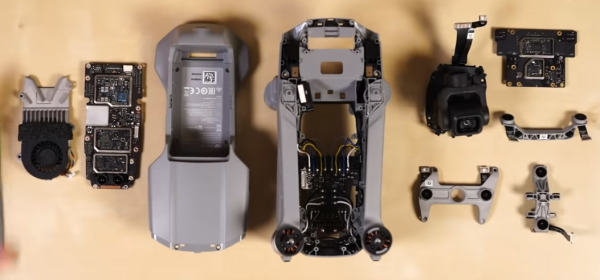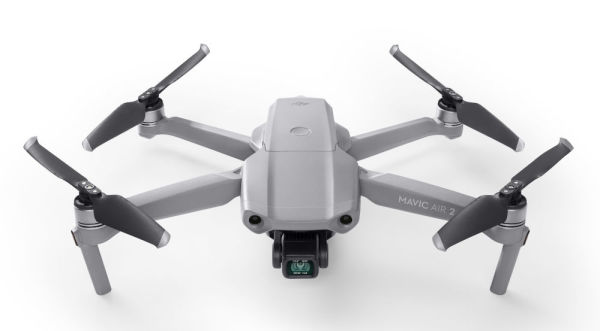iFixit, normally known for its gradual dismantling of smartphones, has taken a look at DJI's new  Mavic Air 2 drone and dismantled it piece by piece. The purpose of the action was, as always, to understand what the Mavic Air 2 is made of and to see how easy it is to repair (ideally by the expert pilot himself) in case of a crash.
Mavic Air 2 drone and dismantled it piece by piece. The purpose of the action was, as always, to understand what the Mavic Air 2 is made of and to see how easy it is to repair (ideally by the expert pilot himself) in case of a crash.

This demonstrates the complexity of a modern drone: it not only houses the components for flying and for live transmission of the camera's video images, but also numerous sensors and the powerful control electronics that must process the incoming sensor data in real time to control the flight.
In the end, how does iFixit rate the reparability of the DJI Mavic Air 2? It gets 6 out of 10 points - a rather mixed result: on the one hand, the drone is modular and easy to disassemble and elements such as the gimbal are easy to replace, but on the other hand, the connecting cables of the individual rotors are soldered together - which makes it more difficult than necessary to replace a motor or a broken rotor arm (a very likely damage in a crash).

Dismantling the DJI Mavic Air 2 into parts
The Mavic Air 2 is DJI's most modern drone - it is foldable and has a maximum flight time of 34 minutes; flies up to 70 km/h and can take photos with 12 megapixels and in a special mode it can also shoot 48 megapixel photos. Videos are recorded at up to 4K/60 fps or 240 fps at FullHD resolution.

In addition to intelligent flight modes, it offers SmartPhoto functions via automatic scene recognition as well as a HyperLight and HDR photo mode.  Here our practical test of the DJI Mavic Air 2.
Here our practical test of the DJI Mavic Air 2.

